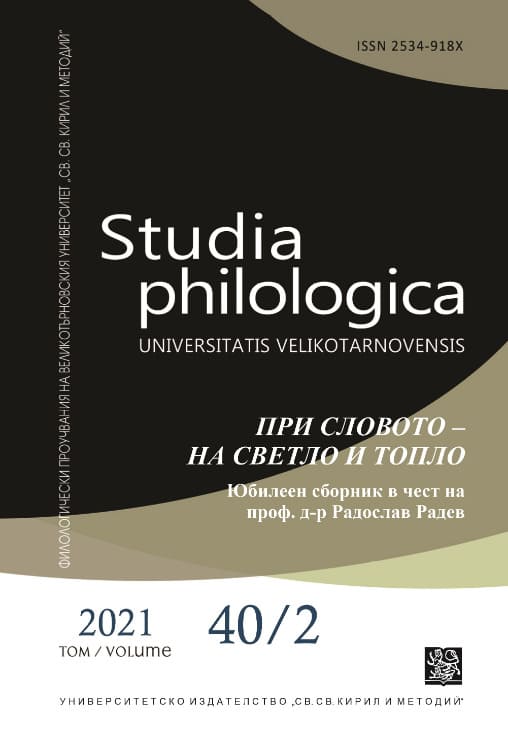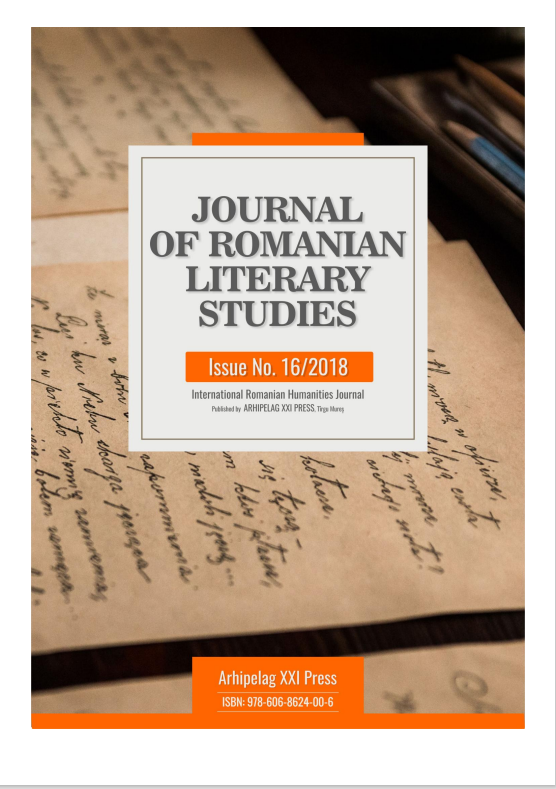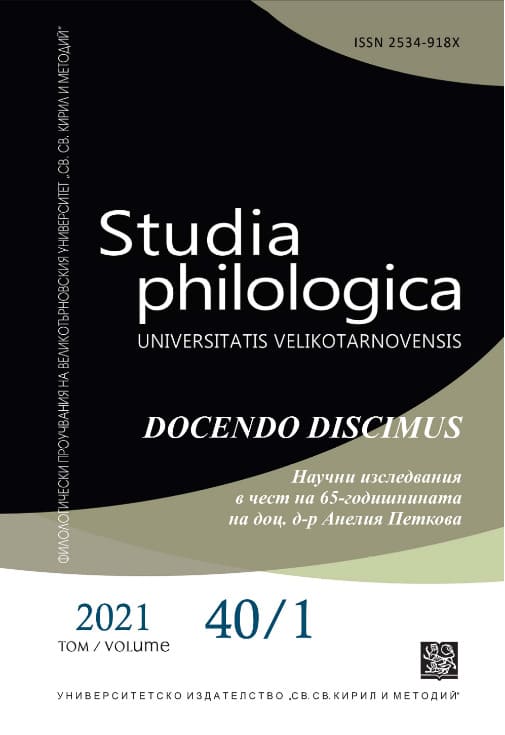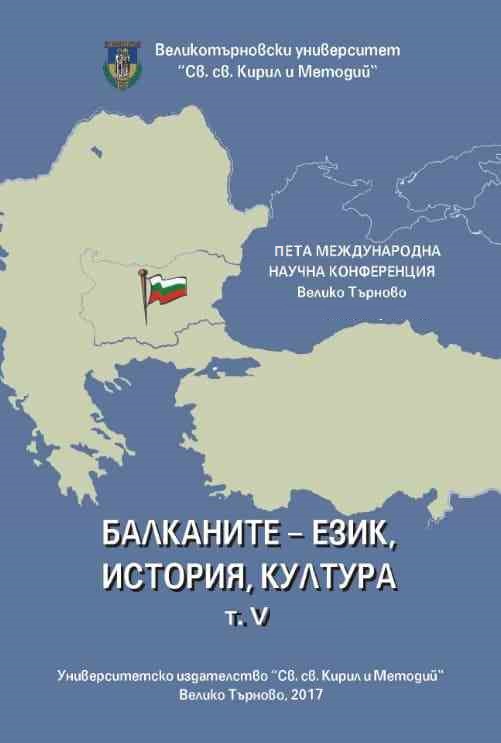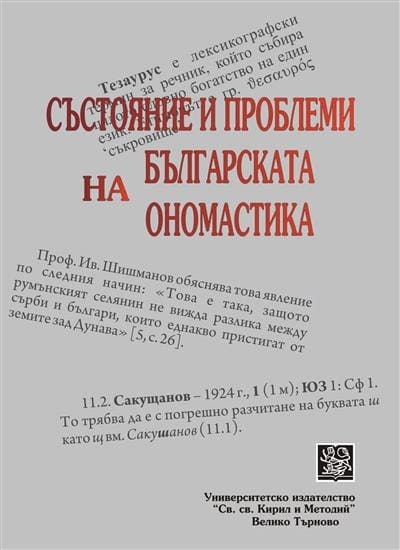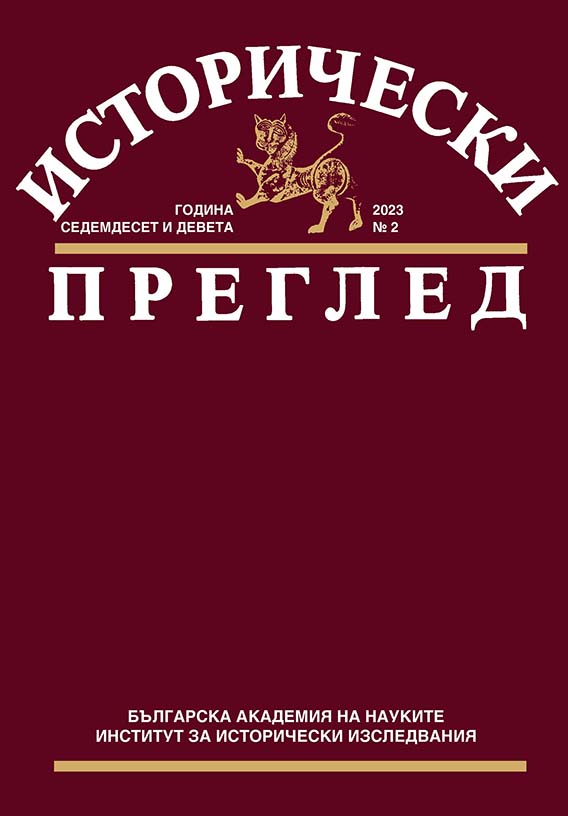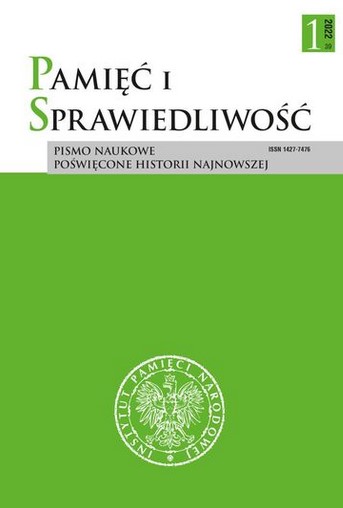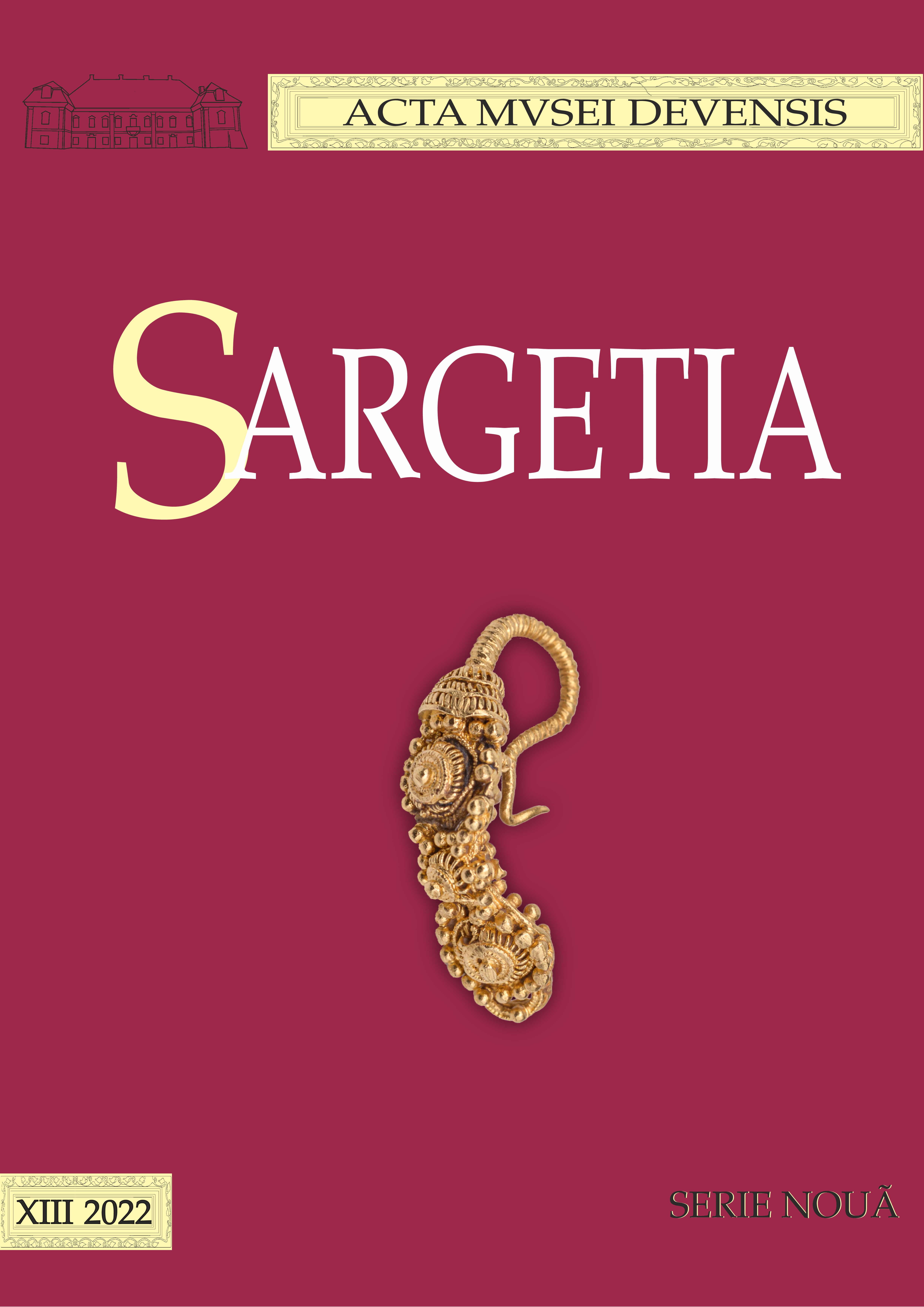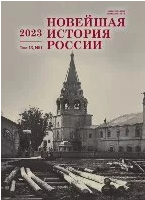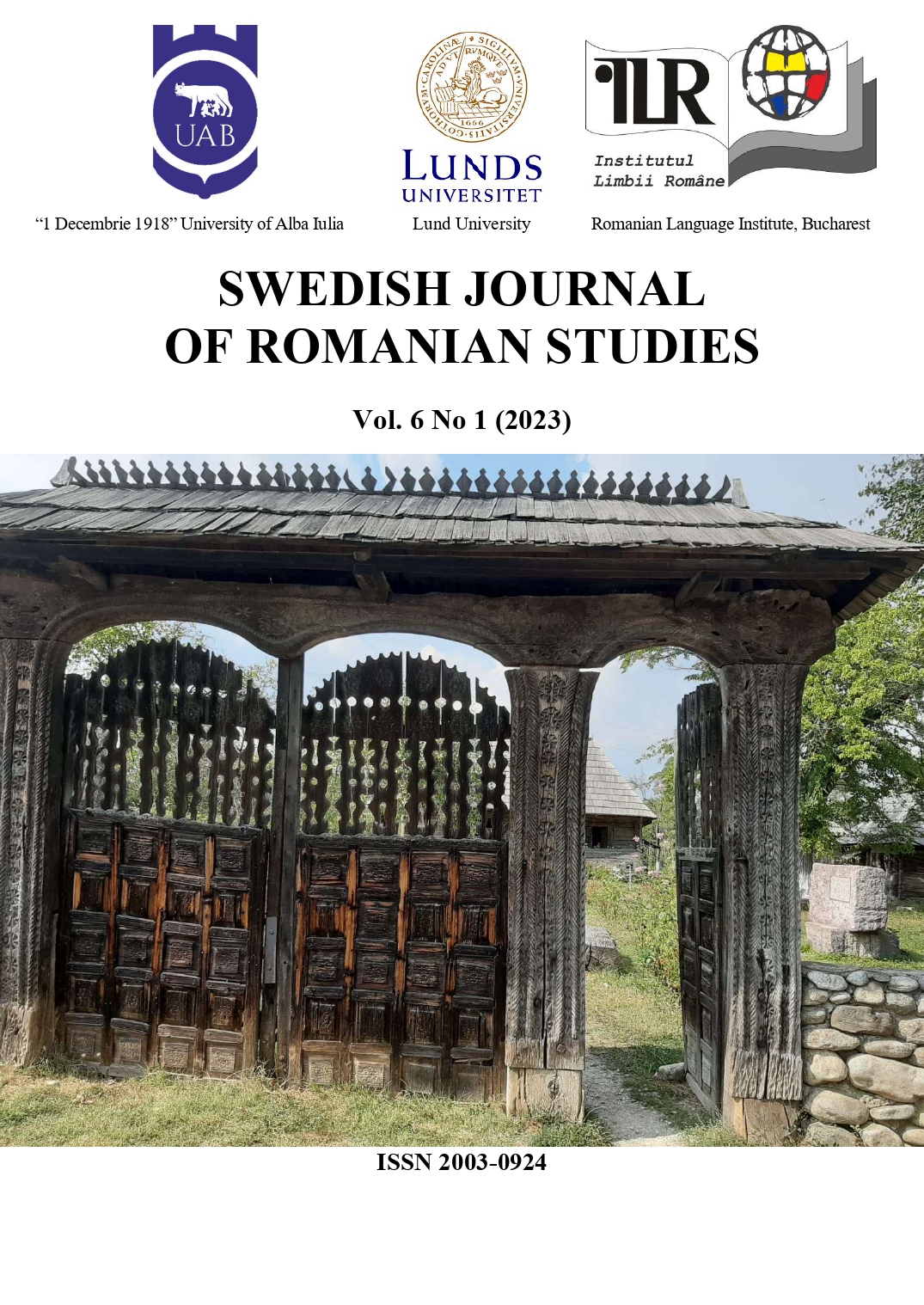
Modelul gazetăresc al banditului social în romanul tâlhăresc al secolului al XIX-lea
The popularity of the idea of social banditry is closely related to the socio-historical, economic and cultural context, and literature and history only record the reasons why the noble thief, in many variants the outlaw, become some of the central figures of the Romanian historical novel of the 19th century. The outlaw novel is detached from the literary body of the hajduk prose and proposes another series of motives for the actions of the main characters. Cruelty is no longer euphemized by the oversize of the noble character, and the passionate prowess, selfishness, and murder foreshadow the outlaw’s refuge in a society of outcasts, which opposes the official societal model. Through the character of the social outlaw, Panait Macri and Ilie Ighel propose another model of social bandit, the thief who, although initially occupying a privileged social position in the community to which he belongs, commits out of passion a gruesome crime, which will serve as an occasion for his exclusion from the community structure from which he claims. The social thief renounces the aura of vigilante or protector of the horned, and, yielding to the dark desires for the attainment of personal power and prosperity, becomes the embodiment of the evil to be feared, a hypostasis which does not make him repugnant in the collective imagination but, on the contrary, attractive.
More...
